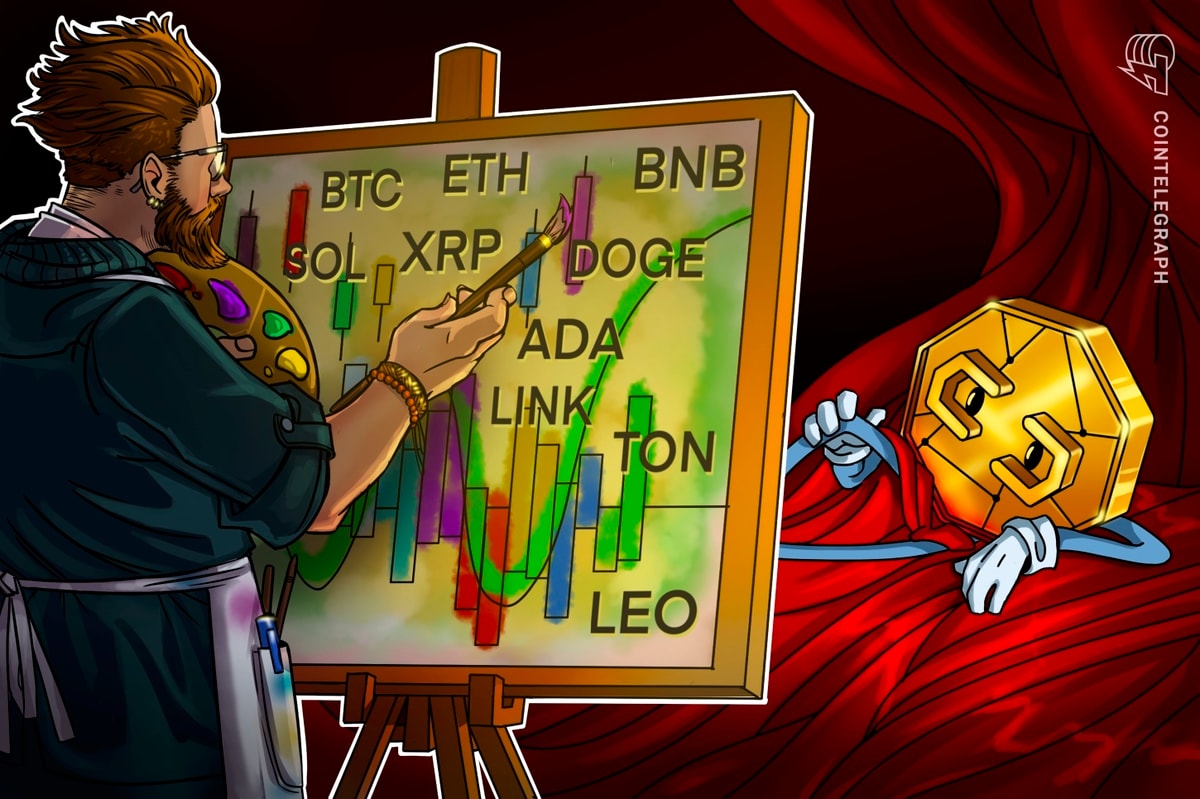Blockchain technology’s potential is one of the most exciting facets of the crypto industry for both insiders and the crypto-curious. A shared, immutable, verifiable method to store and track data has clear possibilities outside cryptocurrency for industries ranging from stock trading to healthcare.
As with any technology, though, there are potential stumbling blocks. Blockchain scalability is an important concept for consideration for both existing and new blockchains, which must be able to manage and process ever-increasing amounts of data.
While experts in crypto agree that it’s important to grasp the fundamentals of blockchain scalability, many assert that it’s not an insurmountable obstacle to crypto’s growth. Below, members of Cointelegraph Innovation Circle share details about blockchain scalability that they think are important for less-experienced players to understand, and why.
It’s wise to plan for expansion, migration and updating from the start
Unlike Web2 applications, decentralized applications are very expensive to migrate. In decentralized applications, migrating the data once kept on a blockchain will require a major effort. When creating or modeling the data, I would suggest planning for the expansion, migration and updating capabilities of the data structures from day one. – Akash Takyar, LeewayHertz
Shifts toward scalability may compromise security
The perfect blockchain is composed of three elements: scalability, decentralization and security. Currently, finding a balance between the three is difficult, a challenge referred to as the “blockchain trilemma.” Scalability and decentralization are often held back by security, but any shifts on a network that improve scalability will likely compromise security. The best of both worlds comes at a cost. – Vinita Rathi, Systango
It’s important to determine the value of decentralization
It’s important to know that any level of blockchain scalability is possible, even with decentralized systems, but a project should analyze data and processes to determine whether and where the value of decentralization applies. Decentralization should be sought where it matters and not where it doesn’t. – Joe Roets, Dragonchain
You can’t ‘fake it till you make it’
In the startup world, we often try to “fake it till we make it” by trying by any means possible to survive and bring our ideas to life. The challenge with blockchain technology is that it often needs the opposite approach to be successful, as the future scalability of the technology can either make it or break it. So starting a blockchain-based project is a dual-edged sword! – Sheraz Ahmed, STORM Partners
Leveraging multiple distributed ledgers may be the best solution
Most decentralized ledger technologies have their own use cases. You may actually find that integrating your products across different distributed ledgers allows for the best user experience. Factor in transactions per second. How much data do you need to store, and what kind of data do you need to store? Consider the cost per transaction, immutability and upgradeability of smart contracts and code. – John Wingate, BankSocial
Blockchain protocols aren’t all the same
Not all blockchain protocols are created equal. It comes down to the number of nodes on the network, the flexibility of the architectural framework and how many transactions per second can be efficiently processed. This is very important — as an example, think about the speed and bandwidth of data transfer in the early days of the internet compared to what it is today. – J.D. Salbego, gDEX Metaverse
A strong blockchain community is essential
In order for a blockchain network to thrive and scale, it must have a strong community that backs it up and is willing to play the long game to see it succeed. Blockchain projects without a proper community or proper leadership of that community will not be able to scale fast and might be at risk of failing. – Tomer Warschauer Nuni, Kryptomon
The user base contributes to a project’s scalability
Scalability is not only based on the technology; it also comes from the user base. In order for a blockchain to be scalable, it’s key to have a variety of stakeholders who are incentivized to promote and help the ecosystem. This is why projects like Ethereum are still industry leaders despite the fact their technology is less efficient at the moment. – Tim Haldorsson, Lunar Strategy
You should be wary of blockchains that sacrifice decentralization
The more decentralized a blockchain is, the harder it is to scale, but be careful using blockchains that sacrifice decentralization. While you may save on transaction fees in the short term, the network may not be running 10 years from now. Communities like Ethereum focus on solving scalability without sacrificing decentralization. It’s the harder route to take by far, but it’s worth the effort. – Willy Ogorzaly, FOX Foundation
It can be difficult to update older chains
Faster transaction times, higher transactions per block and faster finality are the easiest answers to scalability problems with older chains, but it’s incredibly hard to bring these solutions to chains that weren’t designed to run at the capacity they currently are. We are lucky to have some of the smartest engineers and developers in history working diligently to solve these problems. – Amanda Whitcroft, Panda PR and marketing
The technology’s moving faster than you may think
Be patient; blockchain technology is actually moving with lightning velocity, even though it may not seem that way in today’s “instant” society. I think back to the period between the late ’70s internet and when we actually had a single TCP/IP protocol — it was over a decade. All during that time, we had to hear noisy dial-up modems slowly pushing packets of information through phone lines. We’re all gonna make it. – Charles Adkins, Admix
Scalability entails sacrifice
Scalability will always come with a sacrifice, either toward more or less centralization. The extent to which a system is centralized is really important; that importance is underestimated when all that is looked at on the surface are lower fees or higher transactions per second, etc. – Dylan Dewdney, NFT3
This article was published through Cointelegraph Innovation Circle, a vetted organization of senior executives and experts in the blockchain technology industry who are building the future through the power of connections, collaboration and thought leadership. Opinions expressed do not necessarily reflect those of Cointelegraph.
Learn more about Cointelegraph Innovation Circle and see if you qualify to join.











